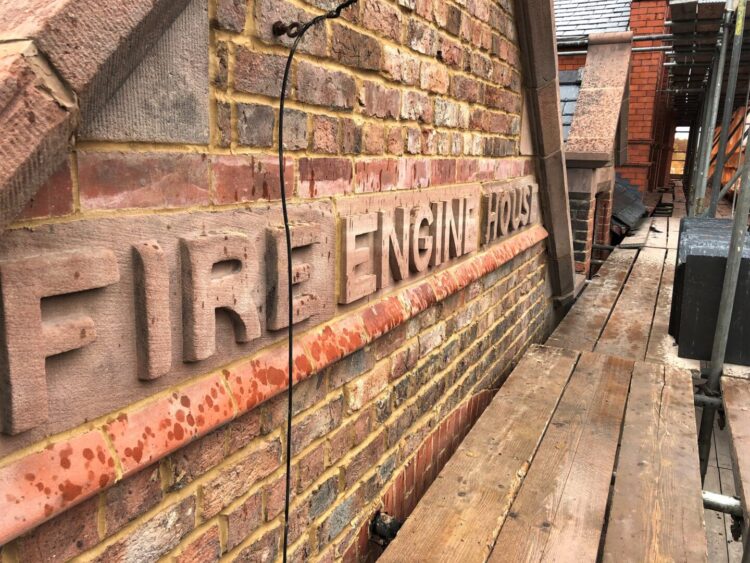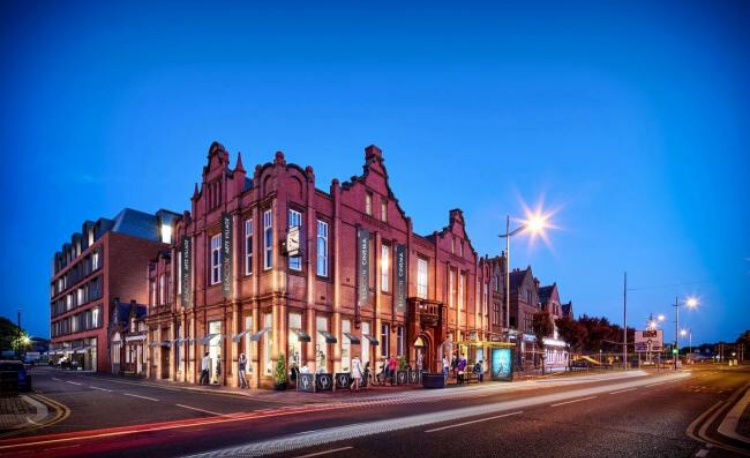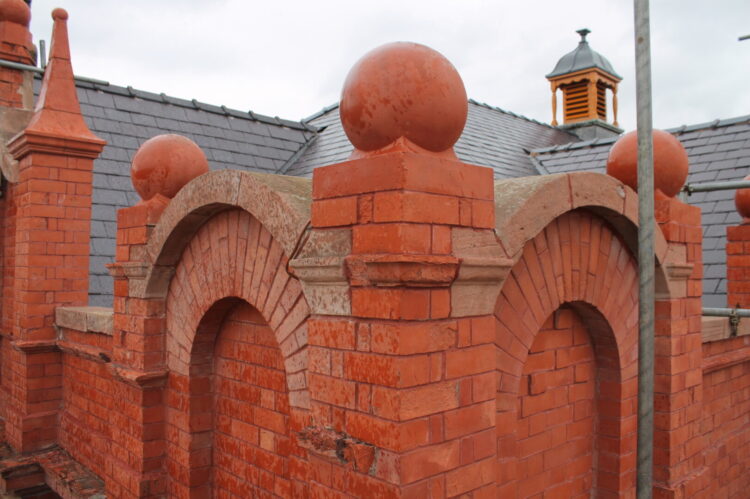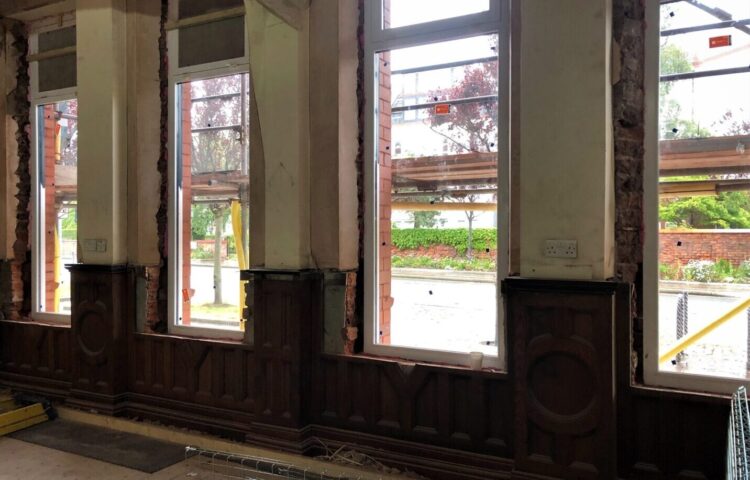Work is well under way on the multi-million pound transformation of Hoylake’s Victorian town hall into an arts and leisure hub – with some interesting features revealed. Tony McDonough reports

Historic features of Hoylake’s Victorian town hall are being revealed and restored as part of its multi-million transformation into an arts and leisure hub.
Work on what will be known as Beacon Arts Village started in December 2019 and, despite the disruption of the coronavirus lockdown, the project remains on schedule to be complete and open by the end of 2020.
The latest pictures from inside and outside the 122-year-old building show how the development is coming together, with new elements alongside some of the building’s well-known or interesting historic features being revealed and restored.
Beacon Arts Village project is funded through a £3.64m grant from the Government’s Coastal Communities Fund, which is designed to help seaside places flourish and strengthen their appeal as places to live, work and visit. As well as a two-screen cinema, The Beacon will feature a restaurant, a bar and a café bistro, and eventually 18 creative studio and retail spaces for artists and makers around a central courtyard.

Pictures shows the exterior restoration of the brickwork, originally laid in 1898, and includes the restoration of the stone ‘Fire Engine House’ sign. Exterior shots also show the ‘Council District Offices’ sign, both in brick and in ornate carved sandstone, original and new roof slates, as well as original architectural features and the grand ventilation outlet for the roof.
Inside, brickwork and detailing that was once hidden behind plasterboard and render is once again revealed, as is original timber panelling and exposed timber and bolts.


The work to give the building new use is shown too – new air conditioning and air extraction, for the food and beverage outlets, a new spiral staircase from the ground floor to the attic space and new plant decks and the sound-proofed walls for the cinema spaces alongside the original timber gallows brackets.
David Burke, of Hylgar Properties, the project’s developers said: “Despite difficult times we are very pleased with the progress being made. Once the work started and elements were revealed, it gave us a real sense of the building’s history.
“It’s wonderful to uncover the interesting gems from the past, whether that’s the internal pillars or the wooden panelling or the intricate brickwork. We are aware of the responsibility to achieve a sympathetic and top-class restoration of the building, while ensuring it is fit for purpose for its multiple new uses.
“We are also extremely pleased with the brick-worker’s amazing efforts in revitalising the brick, not only in restoring its beauty, but reclaiming unneeded bricks in certain areas to be used elsewhere in the project, particularly in creating a new opening which will serve the building for another 100 years.”

